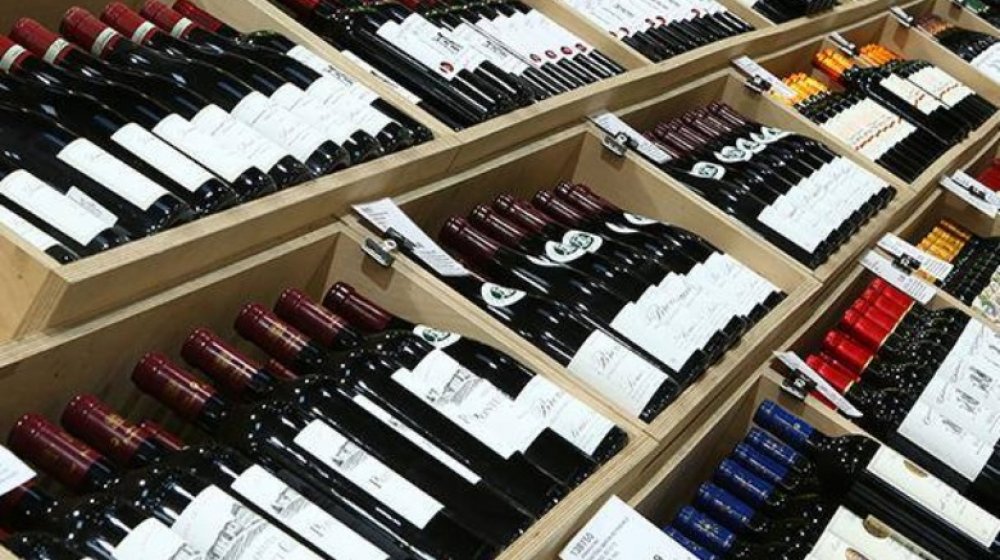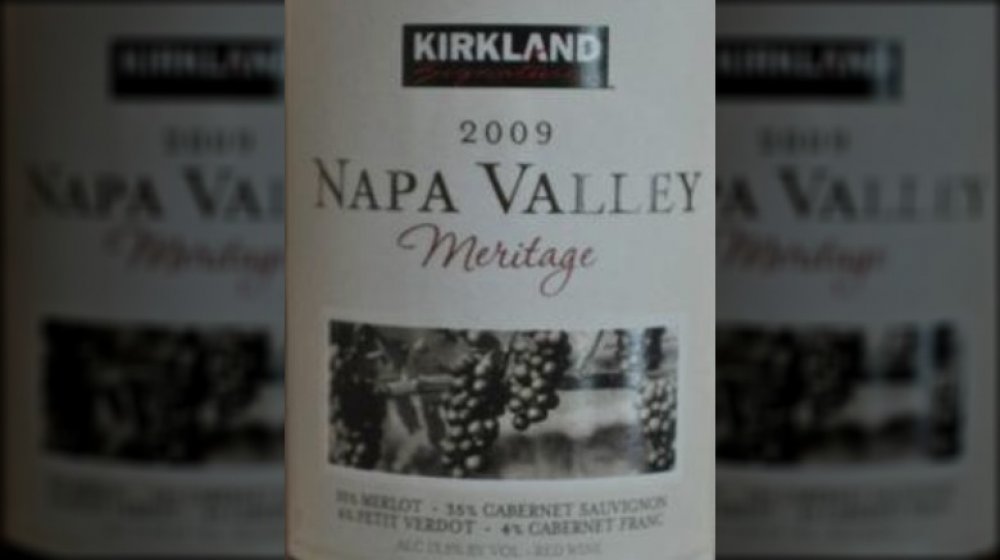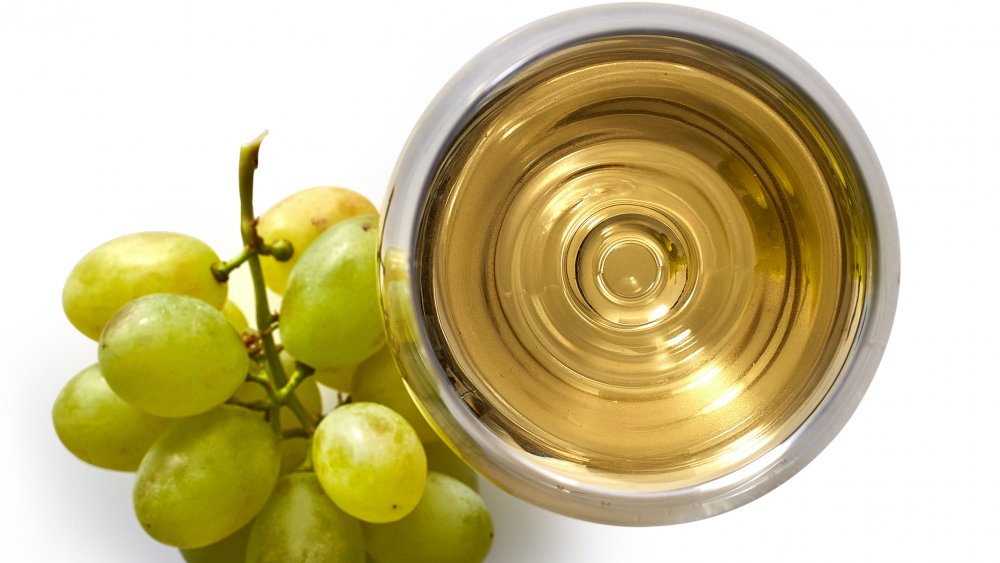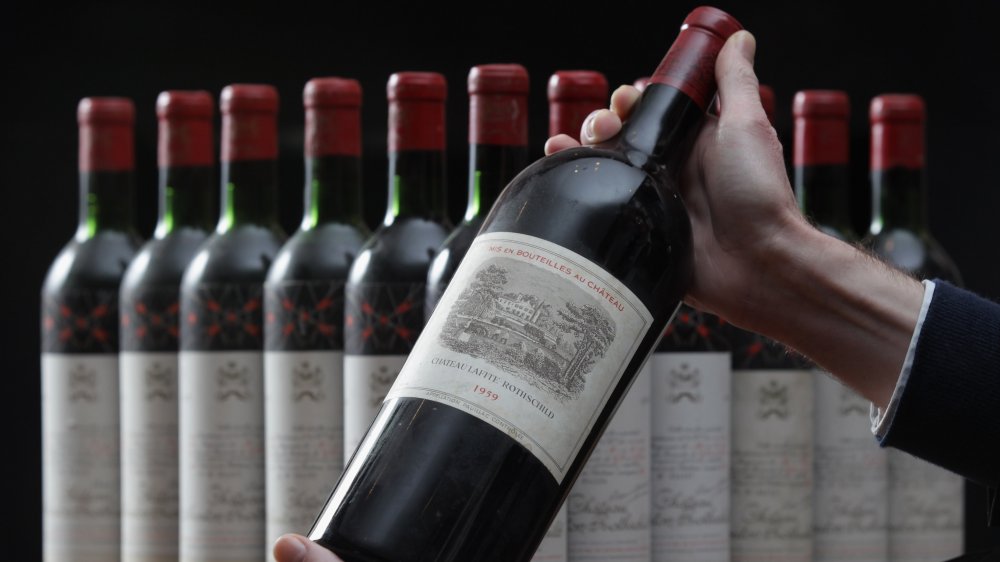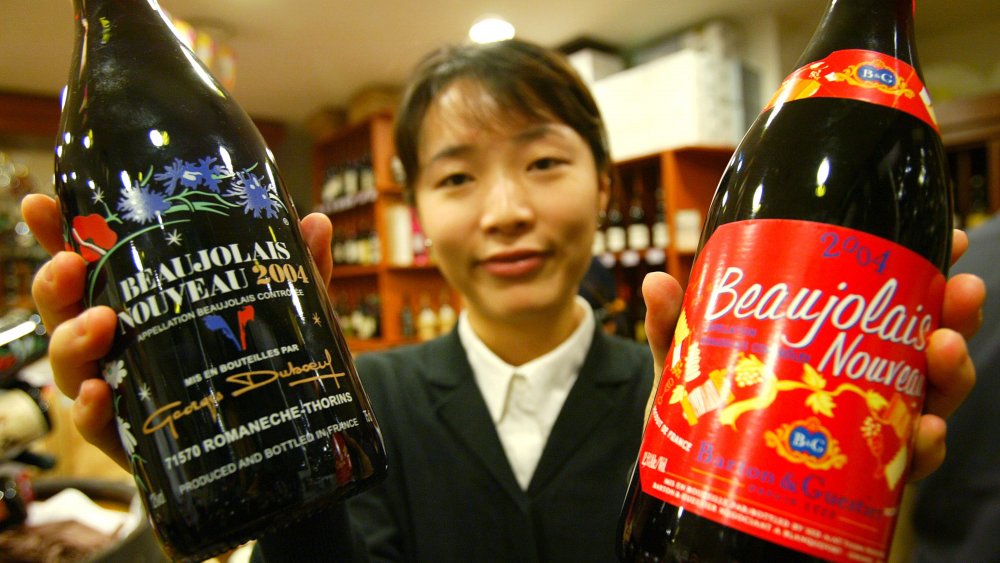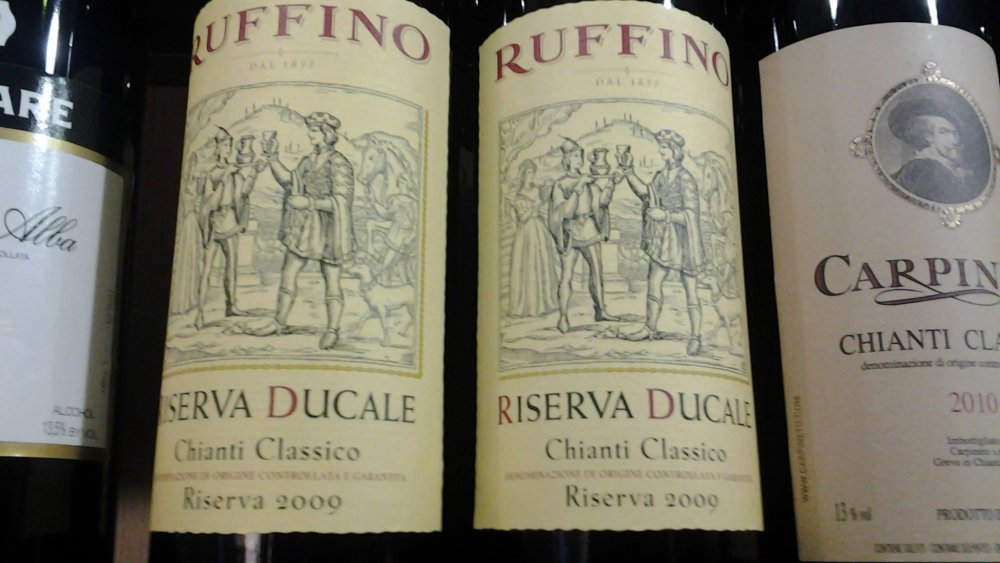Sommelier Advises How To Pick The Best Wine From Costco
Everybody knows Costco is a great place to buy booze. Not only do they offer name brands at bargain prices, but they own Kirkland signature line of liquors — a full range including whiskey, rum, vodka, tequila, gin, and even cognac — that is just as good (or better) than booze that's twice the price. Costco also has a decent line of beers, but their best-selling type of booze is wine — it comprises about half of all the chain's alcohol sales, and makes Costco one of the nation's largest wine retailers.
While Costco's wine is budget-priced, they don't only offer cheap box wine. In fact, their selection spans from private-label bottles to some of the same fine wines you'd find (at a significant markup) at a more exclusive boutique wine shop. The one thing Costco cannot supply, however, is the same level of service, as they don't have on-tap oenophiles ready to help you decide what wine to buy. Stepping in to fill the gap, however, is Richard Vayda, sommelier and Director of Wine & Beverage Studies at the Institute of Culinary Education. He spoke with us to offer some tips on what to look for when you're wine shopping at Costco.
Check the label for geographical indicators
Geographical indication refers to on-label information that can tell us where the grapes used to make a particular wine were grown and/or where that wine was produced. Vayda says that the geographical indicator could be as general as the name of the country where the wine comes from, or it could be more specific. The basic rule of thumb to follow as regards wine label geography is "the more specific, the better the quality" — meaning, a wine that merely says it comes from California is probably going to be of lower quality than one that says it was produced in Sonoma County.
Consider the grape variety
It's also good when a wine's label gives the grape variety, since this shows that the wine was made primarily (or entirely) from that type of grape. While Vayda admits that different grapes taste differently depending on where they're grown, still, he says, "The grape variety tells a lot about the wine in the bottle." With some European wines, the grape type isn't given, but the wine appellation, which refers to a very specific, legally-defined region (via Wine Spectator), may also indicate the grapes that have been used. Vayda gives as an example Chablis, which refers to a place, but the only types of grapes grown there are the ones used to produce Chardonnay wine.
Name recognition can help guide your choice
As with any other product, a wine brand's name, be it that of the vintner or the company, is an indicator of its reputation. If the wine label reads Boone's Farm, then you know not to expect much (other than a vicious hangover and some serious regrets). If, on the other hand, it says Château Lafite Rothschild, then you'll probably be wondering what on earth it's doing at Costco. (Probably selling for a lot less than it would anywhere else, so grab it quick!) Even if you can't afford a big-bucks brand, however, Vayda offers this reassuring advice: "Kirkland-branded wines usually offer good quality and represent good examples of the wines from the areas where they are produced."
What's in a number? More than you'd think
There's one number on the wine label that you should be concerned with (besides the one on the price tag, that is), and that is the vintage year. Despite the common perception, older isn't always better — just like people, not every wine improves with age. As Vayda advises, "A majority of wines are meant to be consumed younger and are not that age-able — especially if we are looking for a bright rosé or crisp white wine." At least you can be reasonably reassured that, given the volume of wine Costco moves, you're unlikely to get one that's over-aged and flat. If you're buying what Vayda calls a "complex, age-worthy, perhaps expensive wine... from [an] area... where the weather can vary considerably from year to year," then you might need to do a little homework to determine if the vintage on the label was, as Frank Sinatra would say, "a very good year."
Other wine label words to look for
Certain other words on a wine label might also drop some pretty strong hints as to the merits of the wine within. Grand Cru and Premier Cru are French designations for vineyards recognized for their overall excellence, while in Spain and Italy the terms Reserva/Riserva mean that the wine itself has achieved a certain standard of quality. Vayda cautions, however, that not all wine-producing regions are quite so picky when it comes to regulating whether wine labels can add the term "reserve," saying, "There are makers that put the word on basically every bottle that they release, making the term rather meaningless [as it's used] mostly for marketing purposes." He does note that Washington state wines, however, can only be given the reserve designation if they've met certain requirements
